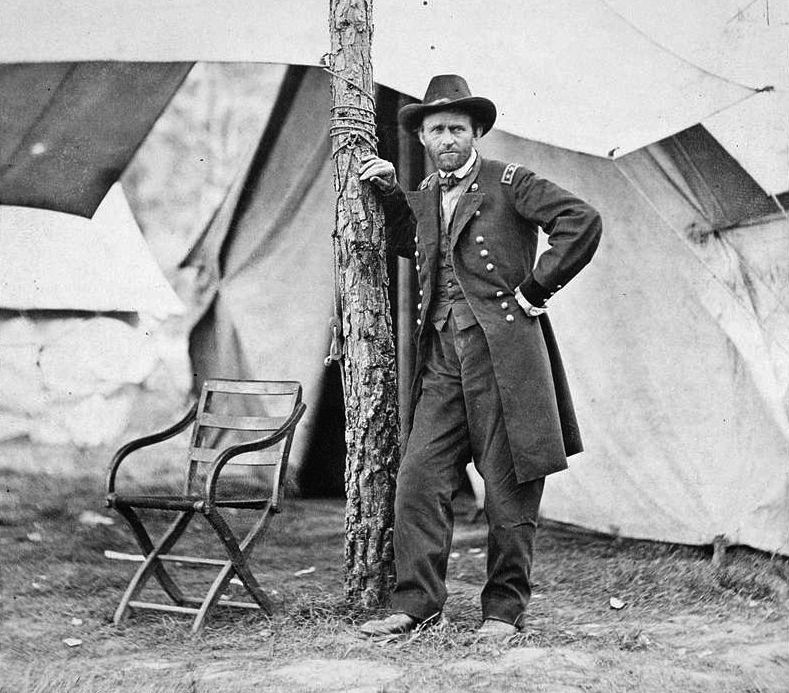
“The Cairo suffered catastrophic damage when a controlled underwater mine was detonated from shore. For the next 102 years, the ship would rest on the river bottom, largely forgotten.”
By Steve Alderman
THE IRONCLAD USS Cairo had only been in service for one year when she was lost in action in 1862. But after lying in a watery grave for 102 years the ship was recovered and stands today as one of only four Civil War era gunboats still in existence.
Named after the city of Cairo, Illinois, the 175-foot vessel was the lead ship in the Union’s City-class gunboats (also referred to as Cairo class). Union gunboats during this time were commonly named for towns and cities along the major rivers. Although christened in honour of the city of Cairo, the ship was actually built in Mound City, Illinois by James Eads and Company in 1861 and commissioned as part of the United States Army’s Western Gunboat flotilla, which operated on the Mississippi and Ohio rivers. In 1862, Cairo was transferred to the U.S. Navy and took part in the Yazoo Pass Expedition, the Battle of Memphis and actions on the Tennessee and Cumberland rivers to take and occupy the cities of Clarksville and Nashville.

Cairo and the era of the ironclad
In the early 1860s, ironclads were a major leap forward in technology. Navies that previously operated all-wood ships were suddenly using iron in ship construction. Propulsion had progressed from wind-powered sails to coal-fired steam engines. Ironclads were also heavily armed and equipped with highly accurate rifled cannons. And yet, ironclad makers were not yet ready for their cutting-edge warships to take to the open seas. Early models were designed only for calm, shallow waters, making them ideal for river operations.
During its brief but active service, the Cairo used its 13 cannons like a mobile artillery battery to pound Rebel positions both on shore and on the water.
In May, 1862, the vessel and several sister ships engaged a Confederate fort at Plum Point Bend, forcing the enemy to abandon the garrison. Two days later, Cairo and other federal ships sunk five Confederate gun boats in a running river battle. It was considered a major victory that cleared the river area for expanded Union control.
Even in its demise the Cairo would make history — she was the first armored warship ever to be sunk by an electronically-detonated mine. The incident took place on Dec. 12, 1862 as the Cairo was clearing mines on the Yazoo River near Haynes Bluff, Mississippi about 12 miles north of Vicksburg. The Cairo suffered catastrophic damage when a controlled underwater mine was detonated from shore. Although the explosion and sinking caused no loss of life, the vessel went down in only 12 minutes. For the next 102 years, the Cairo would rest on the river bottom, largely forgotten.

(Image source: WikiCommons)
Cairo’s discovery
In the early 1950s Vicksburg Military Park historian Edwin C. Bearss and a team of researchers began looking for the sunken wreck. At first, the crew searched for the ironclad with only a small fishing boat, a magnetic compass and a probing pole. Eventually the team consulted Civil War-era maps and enlisted a diving team.
In 1956, the sunken remains of the USS Cairo were finally located. Soon planning began to somehow raise the vessel. By 1960, state and federal funding had been secured and salvage operations could begin.
Fortunately, the vessel was resting in a layer of silt and sand which helped to preserve not only the hull, but a significant amount of the ship’s unique equipment and artifacts. Notably, the pilot house and an eight-inch cannon were recovered intact.
Although successful, the operation to salvage the Cairo was not without its setbacks. A series of steel cables were used in an attempt to lift the ship from the river bottom using cranes being operated on barges. The lines had been looped around the hull by divers, but when the surface cranes began to pull the vessel upward, the cables cut deeply into the soft, partially-deteriorated hull.
It quickly became evident that bringing the entire ship to the surface intact would be next to impossible, so salvage teams opted to cut the ship into three sections. The segments were finally brought to the surface in 1964 and within a year all salvage operations were complete.
The USS Cairo’s sections were transported by barge to Vicksburg, and later to Ingall’s Shipyard in Pascagoula. A painstaking process ensued to evaluate, reassemble, restore and preserve the Cairo. It’s two mighty reciprocating steam engines were taken apart, cleaned and reassembled. Sections of the hull were braced internally and a sprinkler system was operated continually to keep the white oak structural timbers from warping and checking. On Sept. 3, 1971, the Cairo was added to the National Register of Historic Places.
The following year, Congress authorized the National Park Service to establish the USS Cairo Museum to be located at the Vicksburg National Military Park. But with still so much restoration work to be done, budgetary issues and funding delays slowed the process.
Eventually the USS Cairo’s new resting place, a concrete foundation beneath a large tension fabric cover, was completed and the museum opened in 1980. Visitors to the Cairo museum ship site can walk aboard a reconstructed portion of the gun deck and view the original engines, boilers, pilothouse and 122 tons of iron plating. Guests can also see recovered artifacts, weapons, ammunition, eating utensils and personal gear of the 175 Union officers and sailors who served aboard. It’s a fascinating glimpse into an often-forgotten chapter of America’s Civil War.
Steve Alderman is with the Mississippi Department of Archives and History. To learn more about the USS Cairo, the most intact surviving Civil War ironclad in existence, visit https://www.nps.gov/vick/u-s-s-cairo-gunboat.htm.









